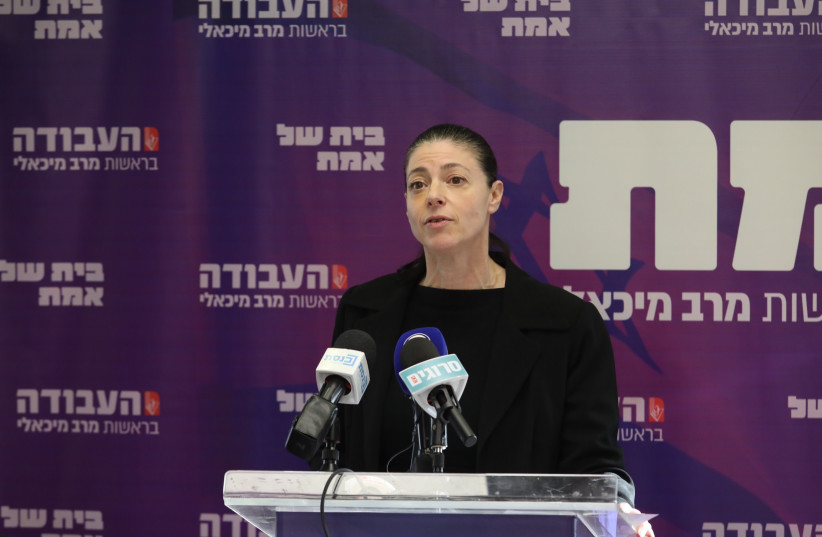Why does fake news go viral during national elections, wars, a global pandemic and even during aviation accidents, as in the case of the military helicopter crash off the Haifa coast last week?
Why did the post by Transportation Minister Merav Michaeli about the new song “Kakdila” by singer Omar Adam go viral?
One of the possible answers is that emotions can affect our tendency to share content. More specifically, different types of emotions and motivations will influence us in different ways to share different kinds of information. Moreover, our nationality, as Israelis, can also affect the types of content we choose to share.
In the current era of information-flooding, questions related to the psychology of information-sharing have become prominent, although the phenomenon of information-sharing is not new. The desire to share information can be explained by the theory of uses and gratifications from communication studies.
For example, the motivation for sharing fake news about COVID-19 may stem from psychological needs such as self-promotion, need to express our own opinion on the issue and even from the fear of missing out (FOMO), which mainly derive from seeking popularity and wanting to belong.

However, emotions can also play a key role in our decision to share content. Michaeli’s post about Omar Adam’s song may have evoked anger, leading to high emotional arousal and therefore to more sharing. Different emotions, such as anger versus anxiety, can also affect our engagement not just with reliable news but also with fake news. For example, the Pizzagate affair in the US presidential election, involving a conspiracy theory about the Democratic Party’s involvement in human trafficking and abuse, provoked strong feelings of anger and even led one person to action.
Anger can cause us to use a rational-motivational explanation that will encourage us to believe more in false political information, while conversely, anxiety may make us feel more doubtful, question false information, and consider conflicting opinions. The problem is that after exposure to false content it is very difficult to correct it, and only a relatively small proportion of those exposed will believe the corrected information.
Yet another explanation for news sharing is nationality. As Israelis, we may prefer to share different types of content than other nationalities. In a study I conducted with Tal Sandroni, owner of Mitoog – Social Media, we analyzed the patterns of Israelis’ engagement in about a million posts and videos published on the Facebook pages of news outlets in Israel during the first two decades of its existence (2002–2022).
The analysis revealed several characteristics for the most engaged posts: family, nationality, Jewish-Arab relations, male-female relations, humor and even cats. For example, one of the most popular posts was a video from the program From the Other Side with Guy Zohar dealing with Jewish-Arab relations and male-female relations, and which managed to be both funny and angry.
The funniest post published by the TV program Hazinor featured a video of a Texas attorney appearing in a Zoom hearing in front of a judge with a cat filter on his face that he couldn’t remove.
In conclusion, different emotions and factors can influence our decision to share both credible and false content. Accordingly, we must raise our awareness of the emotions that different kinds of content evoke in us and of the characteristics of the content and the motivations of those who share it. This can be achieved through information literacy education beginning from kindergarten.
The writer is a lecturer and strategic adviser in persuasion and messaging design at Reichman University.
